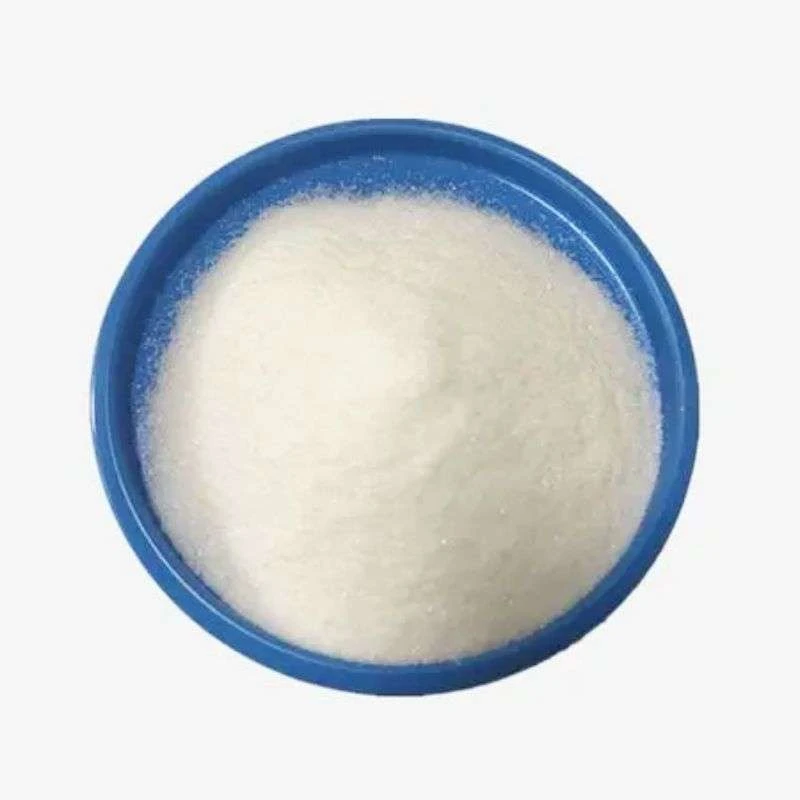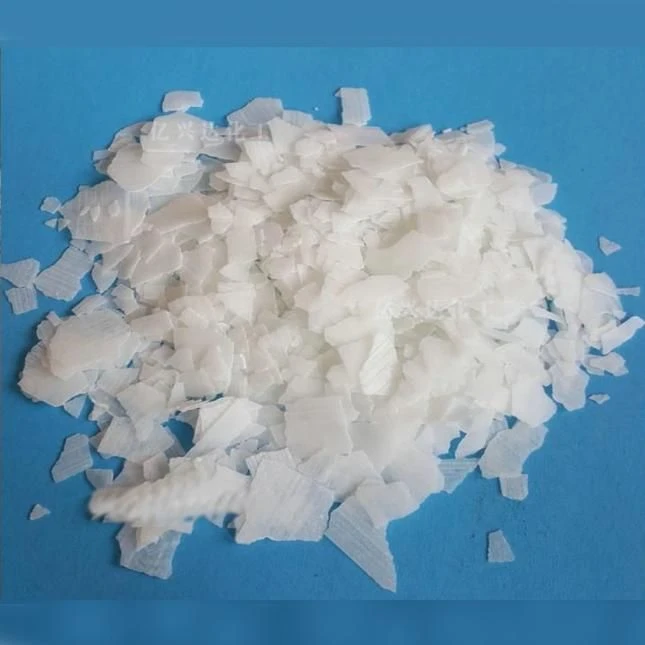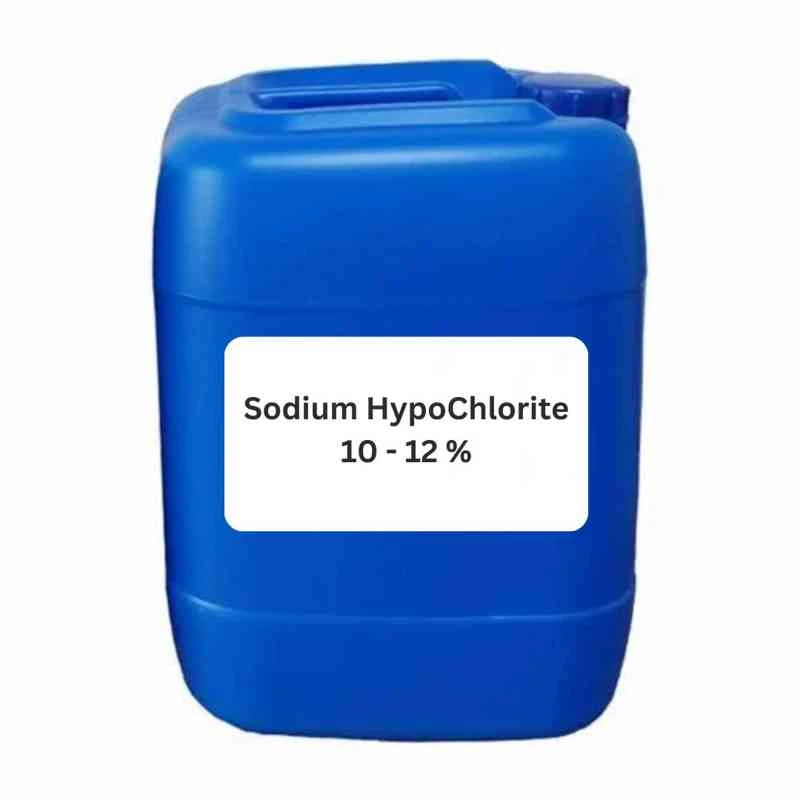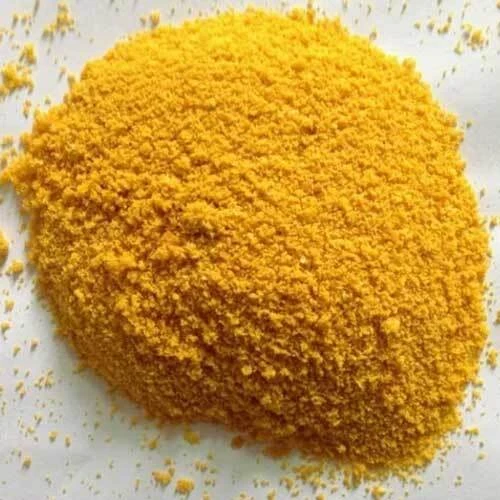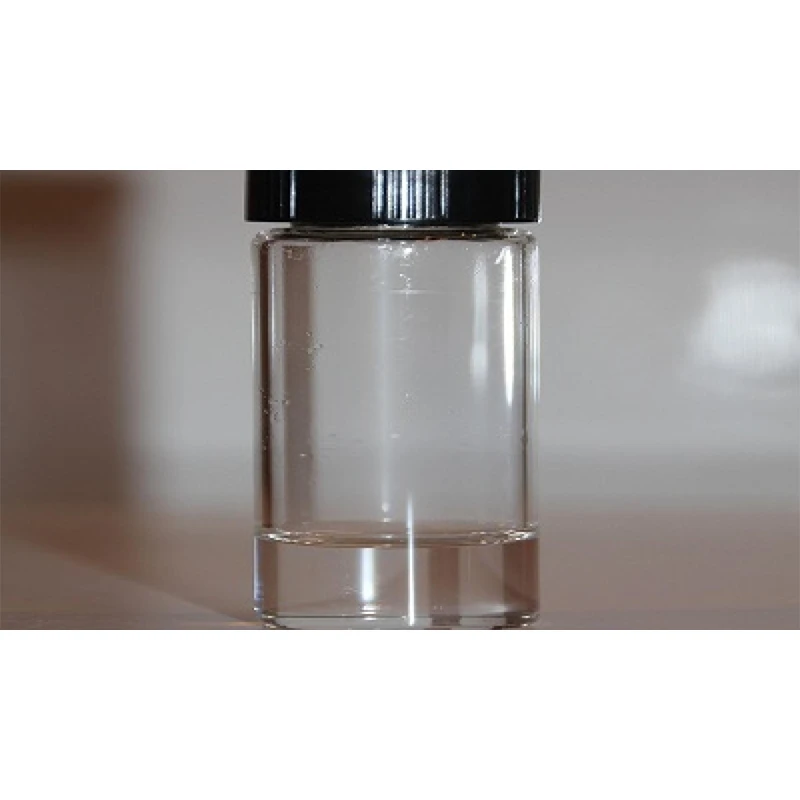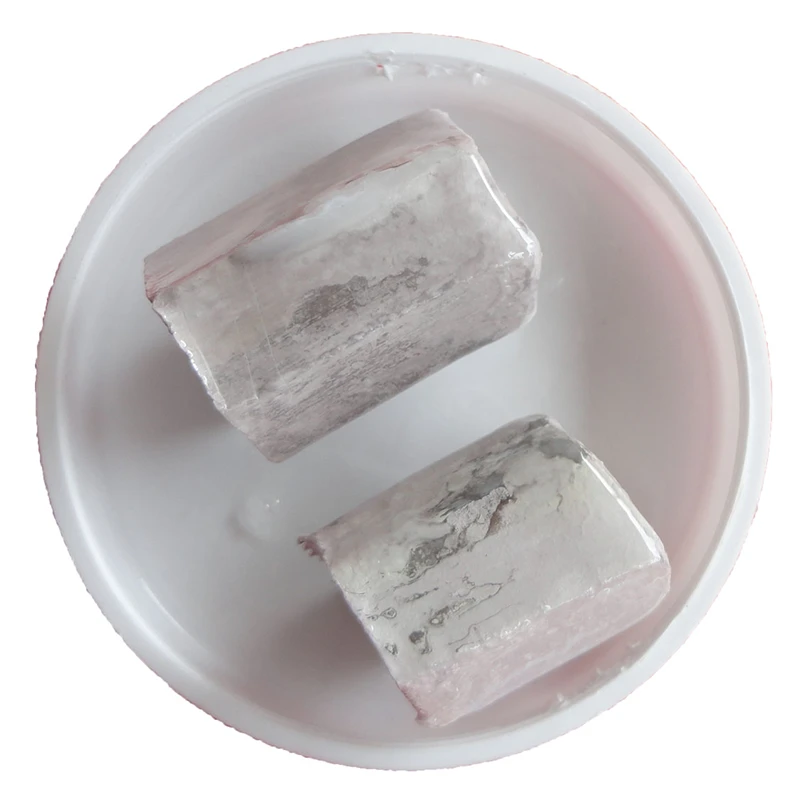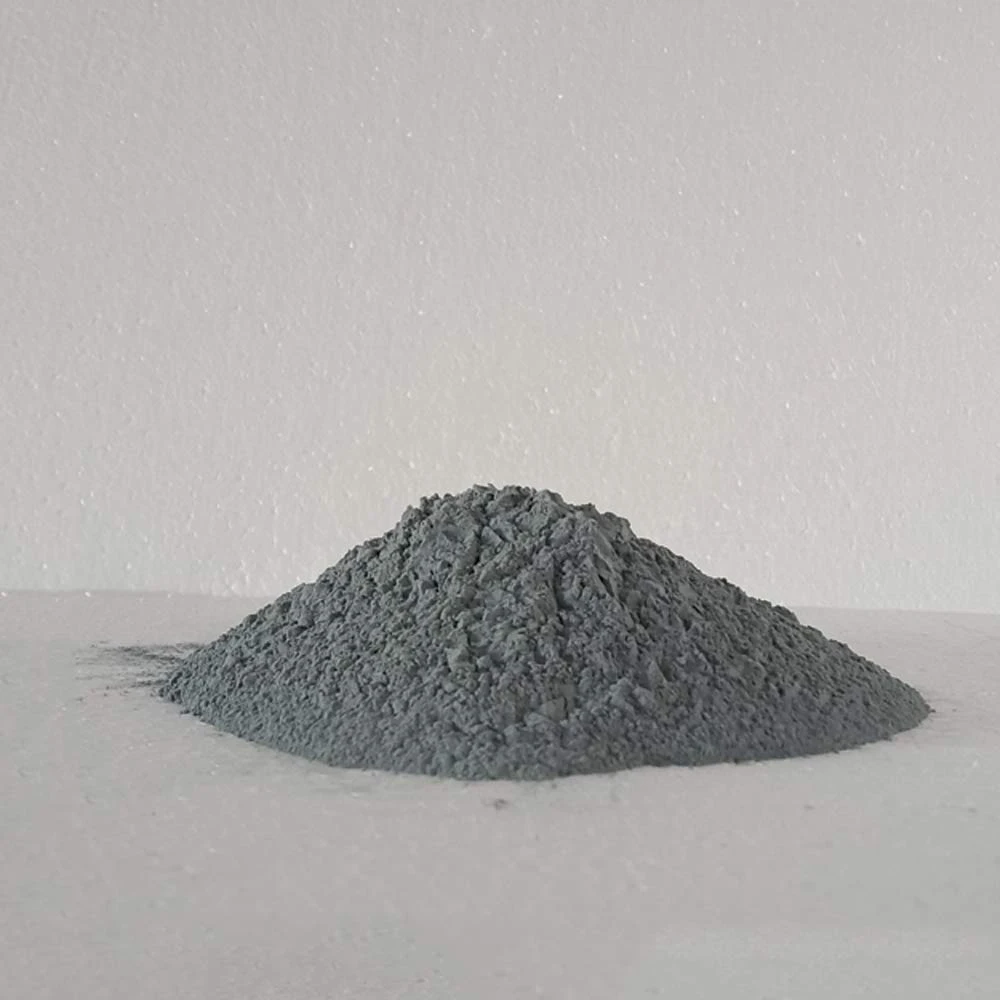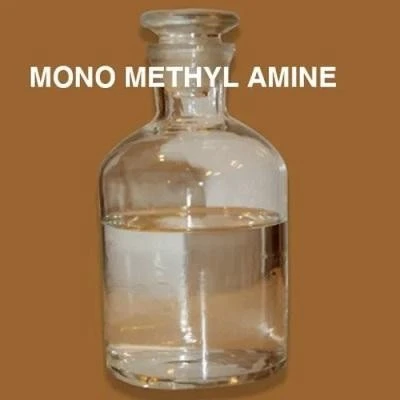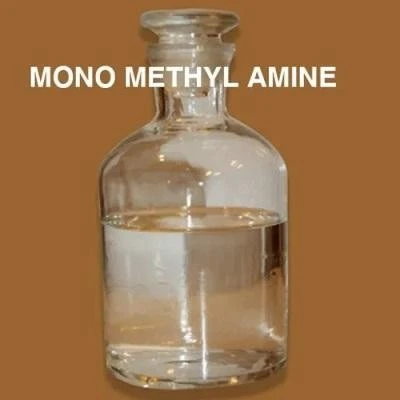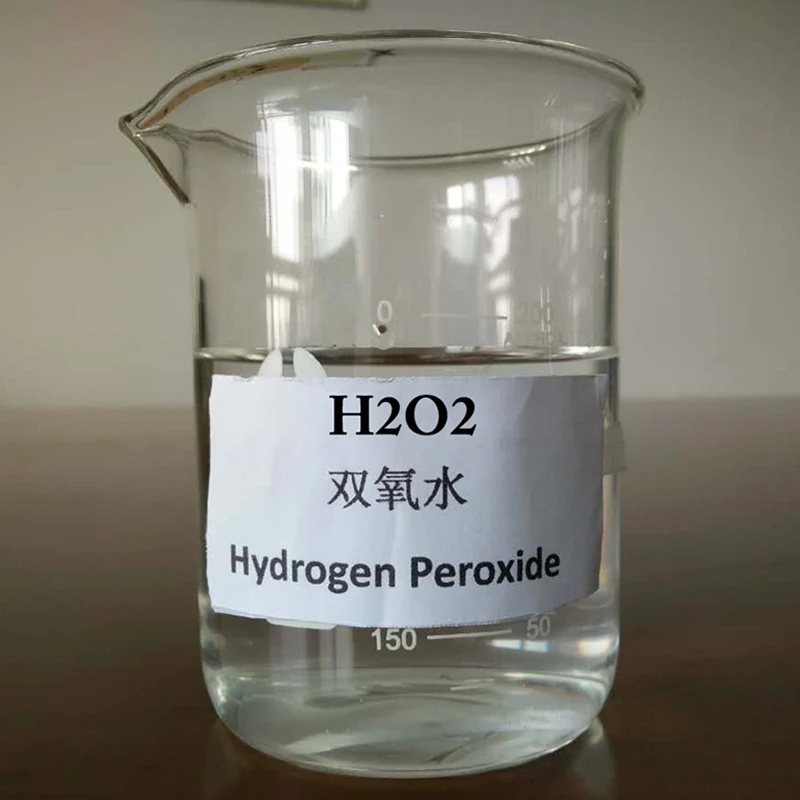


3 5 Dichlorobenzoyl Chloride: a key intermediate in drug synthesis
3 5 Dichlorobenzoyl Chloride is an important organic chemical intermediate with an undeniable position in the field of pharmaceutical synthesis. Its unique molecular structure and chemical properties make it a key raw material for the preparation of headache drugs and antidiuretic hormone drugs, playing an important role in human health.
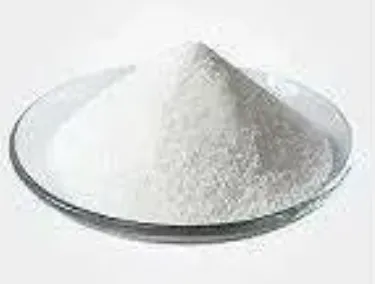
From the perspective of molecular structure, 3 5 Dichlorobenzoyl Chloride
From a molecular structure perspective, the chemical formula of 3 5 Dichlorobenzoyl Chloride is C7H3Cl3O, consisting of a benzene ring, two chlorine atoms, and one acyl chloride group. The two chlorine atoms are located at the 3rd and 5th positions of the benzene ring, respectively, and this symmetrical substitution gives it special chemical activity. The acyl chloride group (- COCl), as a strong reactive group, exhibits excellent reactivity in organic synthesis and can undergo acylation reactions with various compounds, providing convenience for the construction of drug molecules.
The physicochemical properties of 3 5 Dichlorobenzoyl Chloride are closely related to its molecular structure
3 5 дихлорбензоилхлорид typically appears as a colorless to pale yellow liquid with a pungent odor. It has a high boiling point and is relatively stable, making it difficult to decompose at room temperature. This substance is easily soluble in organic solvents such as ether and chloroform, but undergoes hydrolysis reaction in water, producing 3,5-dichlorobenzoic acid and hydrogen chloride. Therefore, it is necessary to pay attention to moisture-proof sealing and avoid contact with water during storage and use.
In terms of preparation, 3 5 дихлорбензоилхлорид is generally prepared from 3,5-dichlorobenzoic acid by reacting with chlorination reagents such as thionyl chloride or phosphorus trichloride (PCl3). During the reaction process, it is necessary to control the temperature and reaction time to improve the purity and yield of the product. This preparation method has a relatively mature process and can stably produce high-purity 35 dichlorobenzyl chloride that meets the requirements of drug synthesis.
Dichlorobenzoyl Chloride has important applications in drug synthesis, especially playing a crucial role in the preparation of headache drugs and antidiuretic hormone drugs
In the synthesis of headache drugs, it serves as an important acylation reagent, participating in the construction of molecular structures and helping to form chemical structures with analgesic activity; In the preparation of antidiuretic hormone drugs, effective ingredients that can regulate water metabolism and reduce urine production in the body are synthesized by reacting with specific functional groups, providing an important material basis for the treatment of related diseases.
In summary, 3 5 Dichlorobenzoyl Chloride has become an important intermediate in the field of drug synthesis due to its unique molecular structure, stable physicochemical properties, and good reactivity. It is indispensable in the preparation of headache drugs and antidiuretic hormone drugs, providing strong support for the development of human health. Its value in organic synthesis and medicine deserves further research and application.
3 5 Dichlorobenzoyl Chloride FAQs
What are the main uses of Dichlorobenzoyl Chloride in drug synthesis?
3 5 Dichlorobenzoyl Chloride is an important pharmaceutical intermediate commonly used in the synthesis of various active pharmaceutical ingredients. The active acyl chloride groups in its molecular structure make it easy to react with amine compounds to form amide bonds, which makes it a key raw material for the preparation of headache drugs and antidiuretic hormone drugs. In medicinal chemistry, this compound is often used as a starting material or key fragment for constructing complex molecular frameworks.
How to synthesize antidiuretic hormone drugs through 3 5 Dichlorobenzoyl Chloride?
The core structure of antidiuretic hormone drugs can be constructed by condensation with specific amino acids or peptide derivatives through acylation reaction using 35 Dichlorobenzoyl Chloride as raw material. For example, in the synthesis of vasopressin analogues, the acyl chloride can react with cysteine derivatives, followed by cyclization to form disulfide bonds, ultimately yielding a nine peptide analogue with antidiuretic activity. The reaction usually needs to be carried out under a low-temperature inert atmosphere to control side reactions.
What is the role of 3 5 Dichlorobenzoyl Chloride in the preparation of headache medication?
3 5 Dichlorobenzoyl Chloride can be used as a precursor for the synthesis of nonsteroidal anti-inflammatory drugs (NSAIDs). The dichlorobenzene ring substituted in its structure can enhance the lipid solubility of drugs and promote blood-brain barrier penetration. By condensation with aromatic or heterocyclic amines, amide derivatives with analgesic effects can be generated. These compounds alleviate symptoms of migraine and tension headaches by inhibiting prostaglandin synthase and reducing levels of inflammatory mediators.
What safety precautions should be taken when using 3 5 Dichlorobenzoyl Chloride?
This compound has strong corrosiveness and tear gas properties, and operation should be carried out in a fume hood and wearing a gas mask. When in contact with water, it will undergo severe hydrolysis and release hydrogen chloride gas. When storing, it is necessary to strictly isolate it from moisture. If accidentally in contact with the skin, rinse immediately with sodium bicarbonate solution. During transportation, it is necessary to label "corrosive substances" to avoid mixing with oxidants and alkaline substances.
Why is 3 5 Dichlorobenzoyl Chloride suitable as a pharmaceutical intermediate?
The two chlorine atoms on the benzene ring in its molecule provide good electronic effects and steric hindrance, which is conducive to the directed introduction of other functional groups. The high reactivity of acyl chloride groups enables efficient conversion under mild conditions, and the byproduct is only hydrogen chloride gas that is easy to remove. In addition, the aromatic system substituted with dichloro can significantly enhance the metabolic stability and bioavailability of the final drug, which is an important reason why it is widely used in central nervous system drug design.
-
Sodium Chlorate: A multifunctional chemical product with chlorine dioxide preparation as its coreНовостиAug.15,2025
-
Potassium Permanganate: An Efficient Oxidant in Laboratories and IndustriesНовостиAug.15,2025
-
Imidacloprid Insecticide: A Model of Highly Effective Systemic InsecticidesНовостиAug.15,2025
-
Imidacloprid Insecticida: A Highly Effective Insecticide Targeting the Insect Nervous SystemНовостиAug.15,2025
-
Dmso Dimethyl Sulfoside: A Multi functional Assistant in Chemical SynthesisНовостиAug.15,2025
-
Zinc Chloride: a reliable stabilizer for ice dye color salts in the dye industryНовостиAug.11,2025
-
Propargyl Alcohol: A Multifunctional Chemical Additive in the Industrial FieldНовостиAug.11,2025
